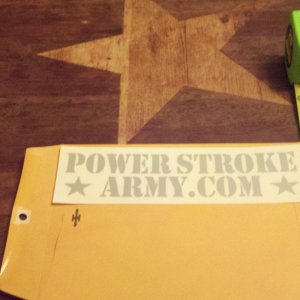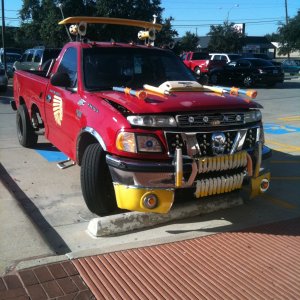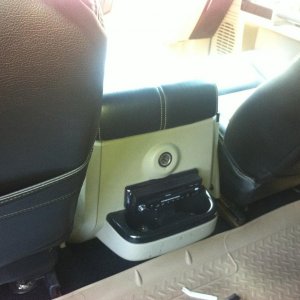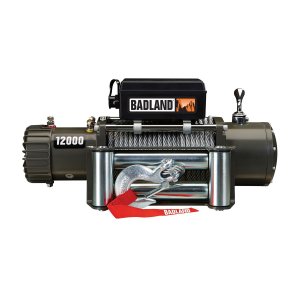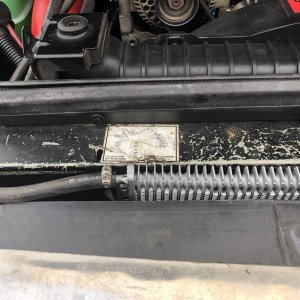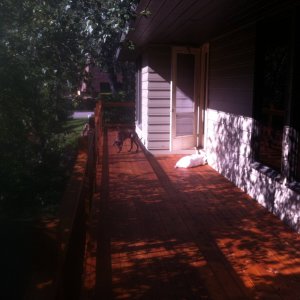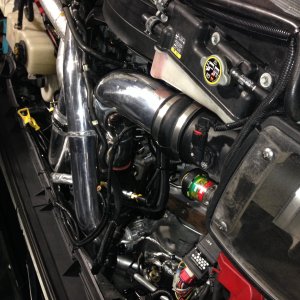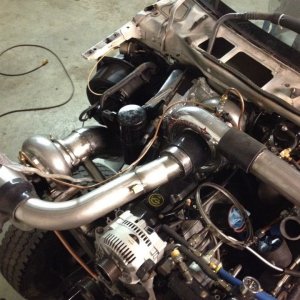CATDiezel
New member
- Joined
- Dec 27, 2011
- Messages
- 2,221
- Reaction score
- 0
Here is an interesting read.
Warning, you must read the entire thing in order to get a basic understanding of engine oils and additives.
Im thankful for guys like this that will truly do testing.
http://speedtalk.com/forum/viewtopic.php?f=1&t=32279
This read will give a breakdown of many oils used today. Some facts and data is missing the the key facts are in place concerning wear protection.
I have always been told by my oil superiors above me that they always recommended GAS engine oil for high HP applications because DEO is a weaker oil regarding wear protection and thermal breakdown.
Enjoy.
Warning, you must read the entire thing in order to get a basic understanding of engine oils and additives.
Im thankful for guys like this that will truly do testing.
http://speedtalk.com/forum/viewtopic.php?f=1&t=32279
This read will give a breakdown of many oils used today. Some facts and data is missing the the key facts are in place concerning wear protection.
I have always been told by my oil superiors above me that they always recommended GAS engine oil for high HP applications because DEO is a weaker oil regarding wear protection and thermal breakdown.
Enjoy.

